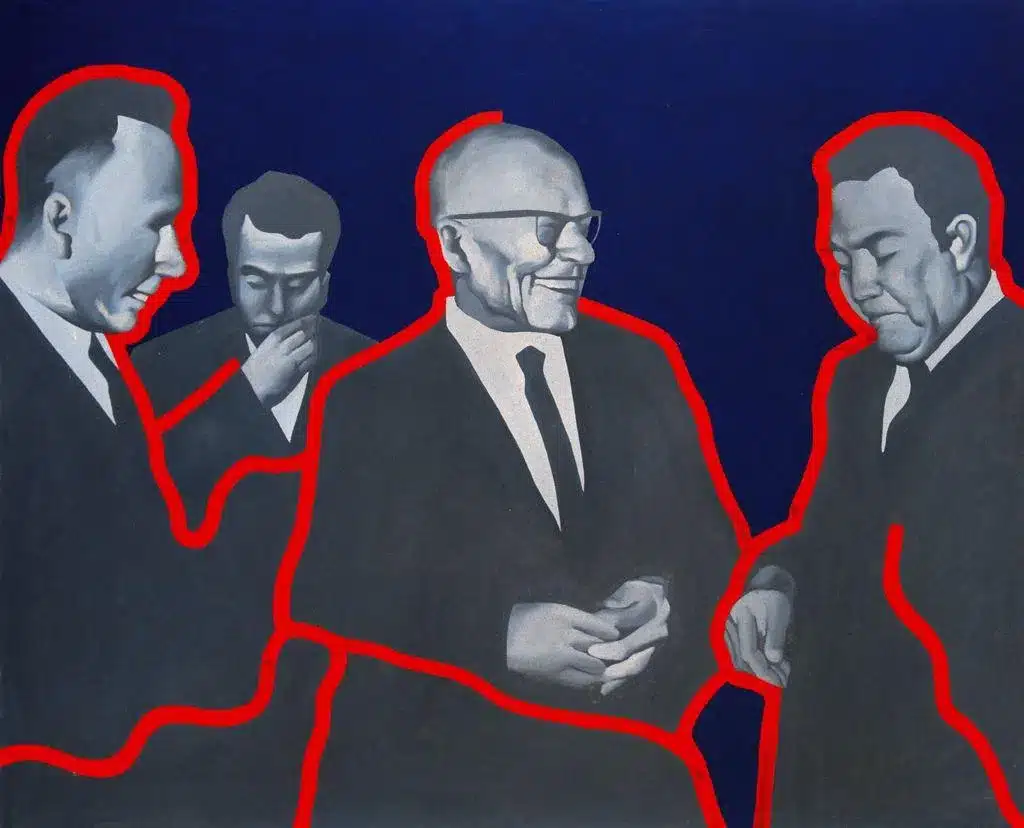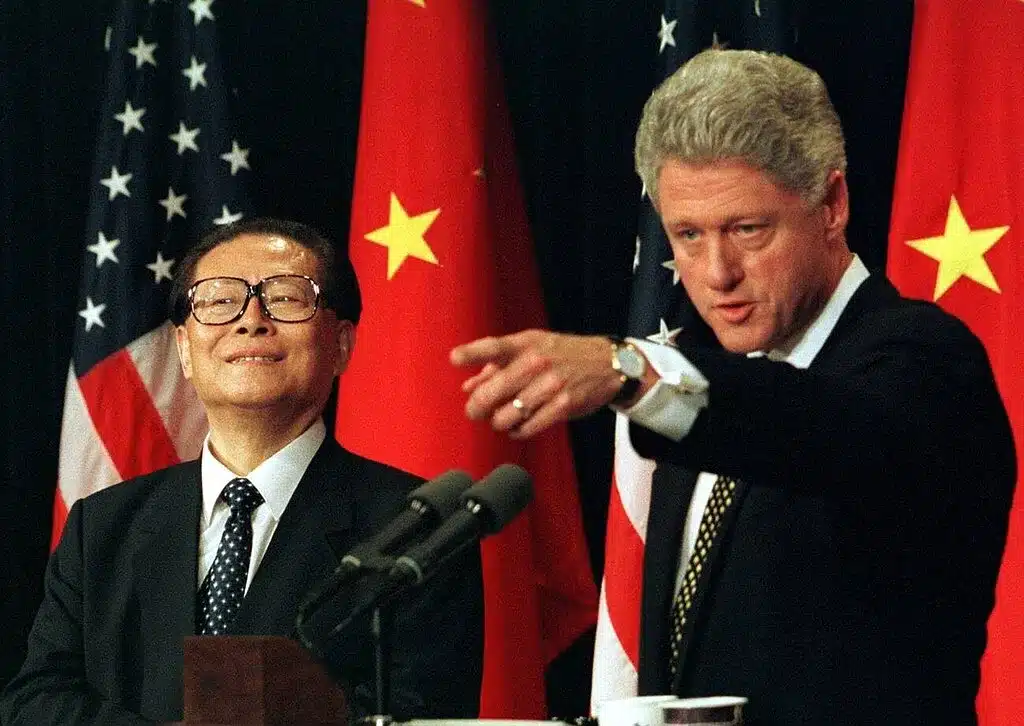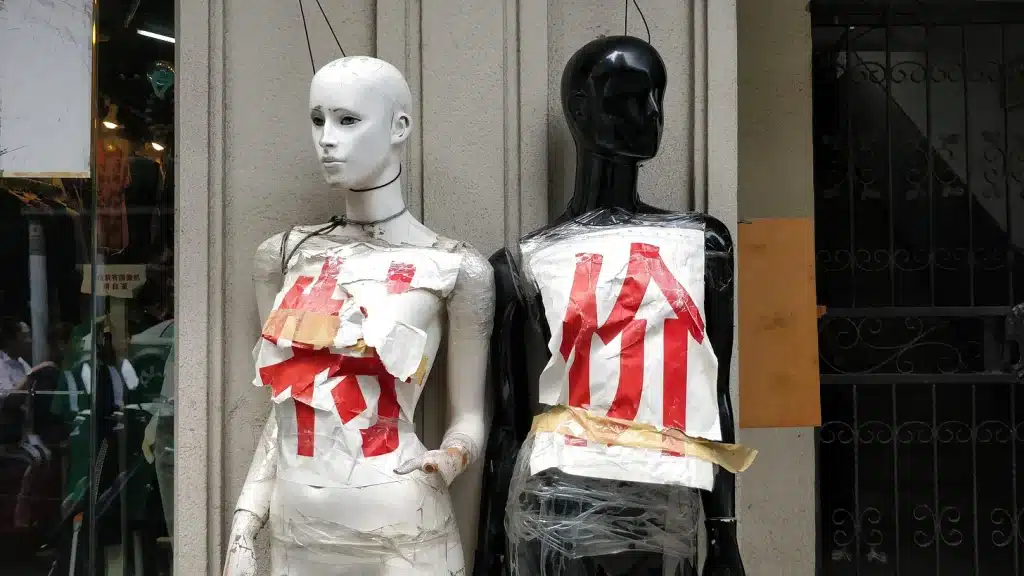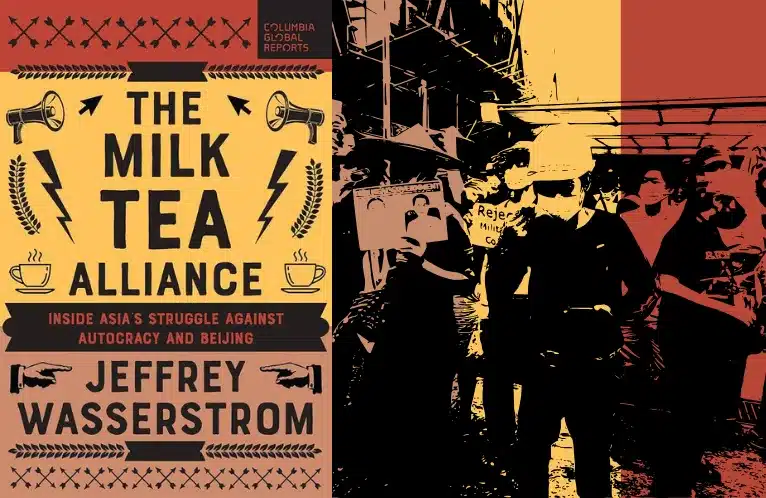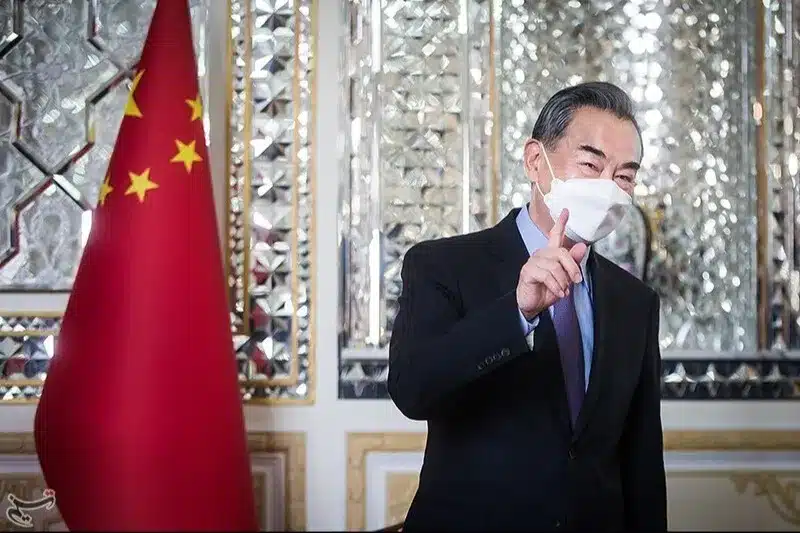An Interview with Ying Zhu: Chinese Filmmaking, Hollywood, and U.S.-China Relations
- Interviews
 Kay Zou
Kay Zou- 07/16/2024
- 0
The U.S.-China Perception Monitor is happy to provide a diversion from the normal security studies and policy fare with a series of interviews from experts on the history and interpretation of Chinese film. We begin with Ying Zhu, a celebrated scholar of Chinese film and television and author of Hollywood in China: Behind the Scenes of the World’s Largest Movie Market (2022) and Two Billion Eyes: The Story of China Central Television (2013). Competing film industries remain an under-appreciated aspect of economic competition and cooperation internationally. Chinese international blockbusters are undoubtedly connected to attempts to increase China’s soft power internationally. The same is true for the United States. It’s no wonder then that Chinese regulators have sought to reduce Hollywood’s presence at China’s box offices. More than this, Ying Zhu argues that the history of U.S.-China relations can be read (watched?) through the history of the relationship between their national cinemas.
Ying Zhu is Professor Emeritus at the City University of New York and Professor of Cinema Studies at Hong Kong Baptist University’s Academy of Film. She is also the founding editor and editor-in-chief of Global Storytelling: Journal of Digital and Moving Images.
– Nick Zeller, Managing Editor
To begin, what would you say are some of the main differences between Chinese and American films?
Historically, Chinese films tend to be sentimental and ponderous, emphasizing edification over light entertainment. But in the past decades, as the Mainland film industry sought to emulate Hollywood, Chinese films have become more diversified. Ultimately, though, all Chinese films must toe the party line.
There exists the competing interest between the party line and the bottom line in Chinese cinema, characterized by political patronage during the Republic era and political cohesion during the People’s Republic of China (PRC) era, which mandates socially purposeful filmmaking with attendant self-censorship.
American films are not monolithic. While producing foremost entertainment fares, the American film industry also makes art and independent films.
How is Chinese film used as a tool to represent Chinese history? How do films handle sensitive time periods, like the Cultural Revolution, and what kinds of storytelling mechanisms do they employ?
What counts as “sensitive” shifts as political winds switch. The corrosive impact of the Cultural Revolution was very much the focus of a few blockbuster films, such as To Live by Zhang Yimou and Farewell My Concubine for instance, decades ago. The same might not be possible in recent years. Now, filmmakers can simply stay away from a sensitive period, or can depict the same period from an alternative angle.
Hong Kong is a major hub for film production in China, but historically there have been political tensions between certain Hong Kong filmmakers and the Chinese Communist Party. What are your insights about filmmaking in Hong Kong as well as broader political tensions between the government and film industry?
I would not say that Hong Kong is a major hub for film production in China nowadays. The contrary seems true – places in Mainland China with varying geographical terrain have become major film production sites for Hong Kong. Cheaper labor, lower production cost, and more accessible human and capital resources have attracted filmmakers from Hong Kong to pursue opportunities in Mainland China. The size of the Mainland film market dwarfs that of Hong Kong’s, which encourages Hong Kong filmmakers to seek more opportunities North of their borders. The “gold rush” to the North has inevitably drained the talent and resources of Hong Kong’s local industry, and in turn diminished the prospects and the appeal of the local film industry.
The Hong Kong government has in recent years doled out film development funds to encourage local production. The result sees a generation of young talents making low-budget social realist and humanistic films that tackle issues and conditions of local concerns.
Recently, you published Hollywood in China: Behind the Scenes of the World’s Largest Movie Market. Can you tell us about this book project?
The book parallels the evolutions of the American and Chinese film industries from inception to the early 2020s, with a focus on the entangled Sino-Hollywood relation. It charts four major phases in the Sino-Hollywood relation dating back to 1897, the year when the first batch of US motion pictures appeared in China.
The first phase saw the overwhelming presence of Hollywood during the Republic era (1912-1949), during which Hollywood films took up to 80% of the Chinese market, triggering a mixture of fascination, apprehension, and resistance.
The founding of the PRC soon led to the second phase, which saw an official ban on all things “American,” including Hollywood pictures during Mao’s era (1950-1976), though the ban was not without twists. There were trepidations from party leaders who had private misgivings about an outright ban. They were concerned that it would provoke an outcry from fans of Hollywood pictures, particularly in China’s urban centers, like Shanghai. It was high time for the party to woo the urban dwellers for the purpose of maintaining stability in the newly founded PRC, and these party leaders saw the Yankee pictures as a pacifier. The other twist is that, though the official ban on Hollywood would last throughout the Maoist era, there were quite a number of Hollywood-led Western films circulating unofficially among the Party’s top echelon, under the direct control of Mao’s wife. These films were called “internal reference films,” some of which were lavishly dubbed in Chinese under the auspices of Madame Mao, who was a one-time movie actress in Shanghai and a closeted fan of Hollywood classics.
The end of the Mao era would usher in the third phase, which saw the triumphant return of Hollywood, at a time when China’s economic reforms forced the state subsidized film industry to earn a commercial living. Far from soft-landing, the state-led industry stumbled, failing to make marketable pictures. Movie theaters were shedding patrons to emerging competing entertainment options. Hollywood was called back to resuscitate the Chinese film market.
Initially, only low-budget B-movies were permitted to officially reenter China starting in the late 1970s. The revenue-sharing blockbuster films eventually landed in the mid-1990s, rekindling Chinese audiences’ fascination with American films. Hollywood’s second China honeymoon would last for the next three decades. China opened up its film market not to please Hollywood but to build up its domestic market on its own terms and according to its own timeline and rules that Hollywood must adapt.
The Sino-Hollywood relation was initially more of an apprenticeship as the two parties were by no means equal in finance, technology, and popular appeal. While guilty of flooding the global market with its brand of entertainment at the expense of local cultural industries, Hollywood has always peddled softly, with plenty of charm and delight, though not always taste. It has nevertheless won the hearts and minds of the Chinese audiences.
The return of Hollywood triggered the same euphoria mixed with fear and loathing, prompting restrictive policies and fierce competition, which eventually led to the fourth phase: the declining market share of Hollywood in China since the mid-2010s. The Chinese regulator had used a number of restrictive measures to reduce Hollywood’s China presence. American-made films accounted for more than 48% of China’s box office revenue in 2012. The number was down to 36% in 2016, and plummeted to only 12.3% of China’s box office revenue by 2021. Covid decimated the North America market, leading to China’s temporary surge to be the world’s largest film market from 2020-2021.
The cycle of boom and bust remains the norm in the movie business. The lackluster reception of recent Hollywood films and the lack of access to China might only be a phase. It is hard to gauge the actual Chinese audience reactions to Hollywood films these days, given the increasingly restricted access. The main takeaway is that the situation continues to be fluid and history more often than not goes cyclical and tends to repeat itself.
What lessons or insights do you hope your audience can gain from this book?
My book ultimately attempts to understand how film comes to occupy such a prominent place in our thinking about Sino-US relations. It calls our attention to the symbiotic relation between film industries and national governments and addresses the nature of such co-dependency across different historical periods in both China and the United States. It puts the torturous Sino-Hollywood relationship in a historical perspective against the ups and downs of Sino-US relations.
The point I make is that the Sino-Hollywood relationship has been under the sway of the larger political, economic, and cultural forces, much of which are domestic and in the name of national interests.
Finally, do you have any recommendations of Chinese films for our readers?
In China, apart from blockbuster Hollywood films, Chinese filmmakers have been making mainstream commercial films for Chinese audiences that are enormously popular in China. To better check the pulse of Chinese cinema, or of China for that matter, it behooves us to pay more attention to the popular Chinese mainstream films, instead of lightly dismissing them in the purity contest for artistic quality and political provocation. Over the years, the Chinese film industry has cultivated a unique brand of holiday movies, for instance, that have resonated with the Chinese audiences.
To Live (Zhang Yimou, 1994) and Blue Kite (Tian Zhuangzhuan, 1993) are two epic scale films charting the lives of families surviving the tumultuous periods of modern Chinese history from the Chinese Civil War in the late 1940s through the Great Leap Forward to the Cultural Revolution under Mao, both of which I wrote about in my first book on Chinese film industry, Chinese Cinema during the Era of Reform: The Ingenuity of the System (2003).
Li Yang’s Blind Shaft (2003) is about two struggling Chinese coal miners who cooked up the perfect scam befriending gullible fellow miners, and then murdering them and running off with their life insurance. It won silver bear at the Berlin Film Fest. The film shows what poverty does to people and how little human lives are valued in a society that shows little compassion.
For films made in the last 10 years, I would recommend I am Not Madame Bovary (Feng Xiaogang, 2016), a satirical comedy about a small-town woman, who is wronged by her unfaithful husband, seeking revenge as she navigates the bureaucratic hurdles along the way. The film deals with complex issues concerning the relationship between law and justice as well as humanity.
Finally, I recommend Dying to Survive (2018), a Dallas Buyers Club style film about an unlikely cheap drug seller turned hero who smuggled medicines for cancer patients.
Author
-

Kay Zou is a student at Columbia University studying History and Political Science. Her research focuses on the global Cold War and Chinese elite politics.
China Focus Intern

